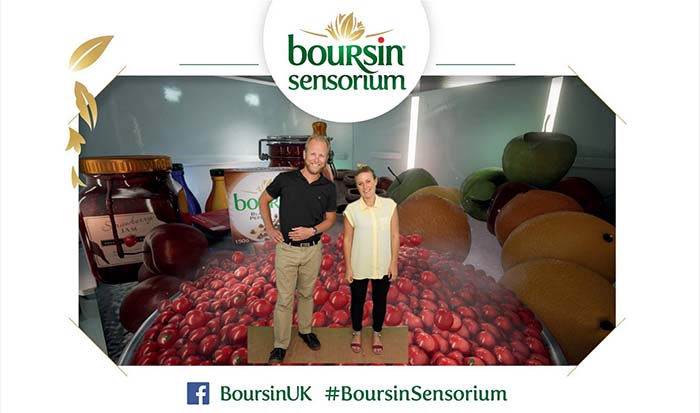Whether it’s a full-blown immersive experience or sampling tasty treats on the high-street, brands are now increasingly seeking to collect data. But in a world where people are naturally suspicious of handing over their personal information, data capture needs to be a carefully considered part of campaign strategy. It must be carried out responsibly, and result in long-term value for both the client and the consumer. Here’s how to get it right.
1) Plan the value exchange
We all get more emails than we can actually digest on a daily basis; so much so that many of us have now grown reluctant to hand over our contact details without a recognised value exchange.
Depending on the campaign format, this exchange may start with something as simple as: ‘Enter for a chance to win…’ or ‘Sign-up to experience…’.
The key to recruiting devoted brand fans however is to plan for a longer-term relationship. Brands should view data collection as the first step onto a two-way street in which people are rewarded with exclusive gifts, event invites and discount deals in return for prolonged engagement with brand surveys, feedback and social media.
2) Use technology for timely follow-up
The technology used for on-site data capture is now more secure and provides greater accuracy than ever before. Gone are the days when paper surveys would take weeks or months even to upload into a CRM system before follow-up could be done. Now, people visiting an event can be thanked for attending almost immediately.
An email invitation to watch video footage of the experiential activity or a tweet or text revealing visitor competition scores, sent on the day of their visit, is a great door-opener to longer-term brand engagement.
3) Understand and address the ‘fear’
On-site brand ambassadors employed to meet with consumers and collect data need to be properly trained so that they understand and can respond sensitively to people’s concerns.
Consumers want reassurance that they won’t be spammed or retargeted with irrelevant offers. They want to know that their personal details can’t be lost or stolen, so on-site staff need a clear understanding of how the lead capture technology works and where the data will be stored.
Plans also need to be in place should the technology malfunction or break, so that staff can react professionally and in a way that positively reflects the brand being promoted.
4) Treat your data with respect
I’m always shocked at the number of follow-up emails I receive where my name has been misspelt or, even worse, I have no idea how I came to be on a list.
Accuracy is paramount if you want to start a long-term brand relationship, and it’s always essential to acknowledge where the data has come from. This, along with personalised and tailored messaging, will give your follow-up the best chance of success.
5) Data should be an iterative strategy
Once new contacts and leads have been reached out to within 24 hours of their first engagement with the event or experiential campaign, marketing metrics such as opens, click-through rates and bounce or response rates need to come into play so that the quality of these new potential brand fans can be accurately assessed, analysed or re-targeted.
The aim is to build fans and relationships over time so data needs to be carefully studied, tweaked and then analysed again and again. Failure to properly assess it may lead to spamming or irrelevant offers, which could undo all of the positive face-to-face experiences that your campaign has worked so hard to provide.
Interested incorporating more digital marketing into your next experiential campaign? Find out more about our digital and social media services.